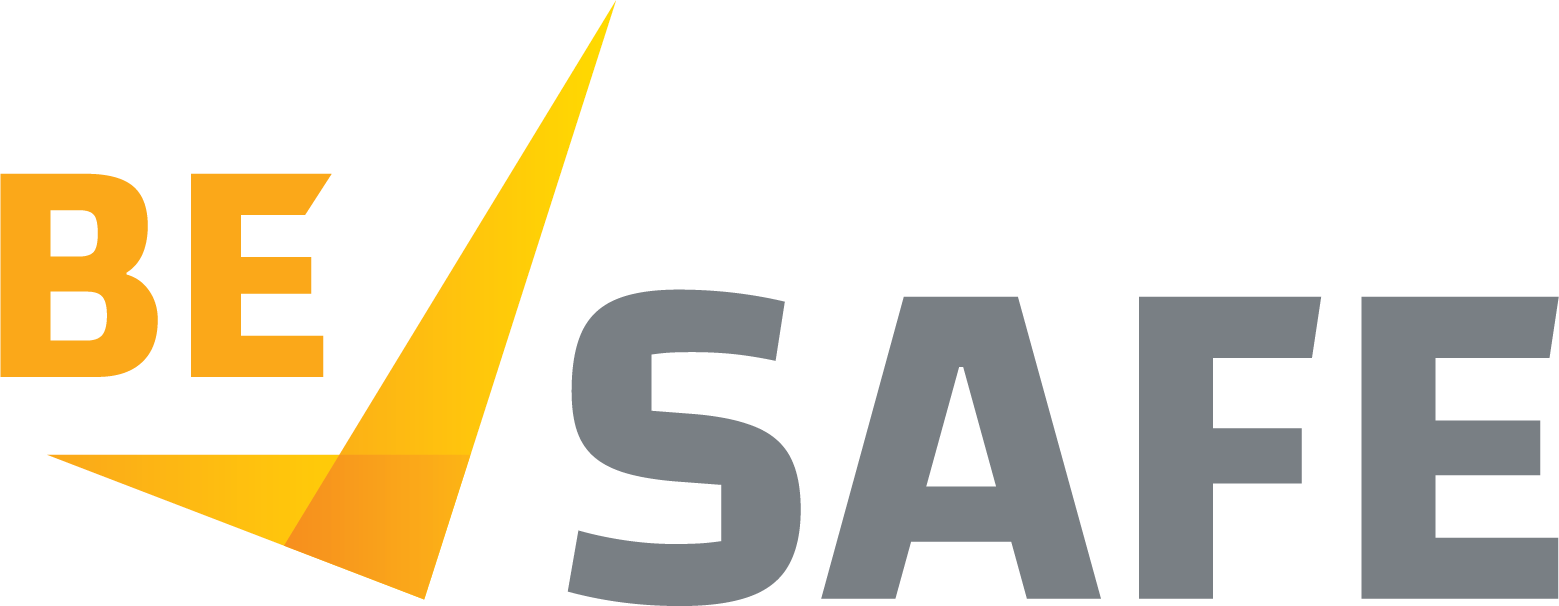Education: The Key to Workplace Safety
At BeSafe Victoria, we live, eat and breathe safety education. Why? Because we believe it is the key to workplace safety.
We see and hear the on-the-ground OHS stories from our participants on a daily basis, both during training and while providing follow-up support. It is remarkable to see the transformation that occurs during a training course, as participants grow their safety knowledge and become empowered to influence their own safety and that of their workplace.
In regional Victoria, it is not uncommon for OHS Literacy to be very low. This is not in all workplaces, but certainly our experience shows that many workers have received very little or no training in OHS. By gaining an understanding of OHS, we can empower individuals to keep themselves safe. This includes in understanding their rights, recognising hazards, mitigating risks and knowing when to say no to unsafe work.
Training an individual also means that they can bring this new knowledge to their workplace, leading to positive improvements in safety outcomes for their colleagues. Safety training has broader implications too – it can inspire conversations with family and friends, creating a ‘ripple effect’ of improved safety awareness in the community.
We often see participants who deeply care about safety and have put their hand up to become a Health and Safety Representative (HSR) in their workplace. These participants come in with the drive and walk out with the tools and the passion they need to make a really tangible difference in their workplace. We know of many stories of trained HSR’s who go on to transform the safety of their workplaces.
Whether we are duty holders, supervisors, HSR’s, or employees – we all have a role to play in the safety of our workplace – and with the right knowledge, we can make a positive contribution.
What truly underpins a safe work environment? The answer lies in education.




